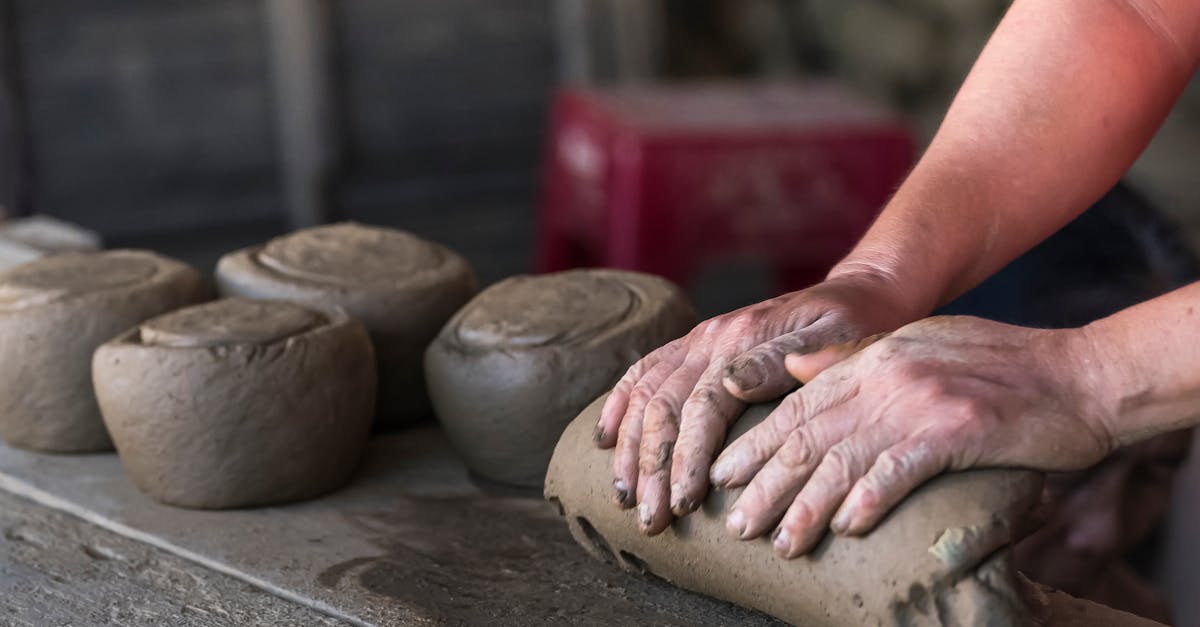Figurative sculpture has a rich history and continues to captivate audiences with its ability to convey emotion, narrative, and aesthetics through three-dimensional forms. Within the realm of figurative sculpture, various styles and mediums emerge, each with its unique characteristics and approaches. In this article, we will delve into five essential highlights of figurative sculpture, with a slight focus on abstract sculpture, installation sculpture, as well as ceramics and metal art.
1. Abstract Figurative Sculpture:
Abstract figurative sculpture combines the representation of the human form with abstract or non-representational elements. This style often distorts or exaggerates the human figure to evoke emotions or convey specific concepts. Artists like Henry Moore and Alberto Giacometti are renowned for their abstract figurative sculptures that challenge traditional notions of form and space. Through the use of negative space, unconventional materials, and innovative techniques, abstract figurative sculpture offers a fresh perspective on the human experience.
2. Installation Sculpture:
Installation sculpture pushes the boundaries of traditional sculptural practices by creating site-specific or immersive artworks that engage the viewer in a multi-sensory experience. Figurative installation sculptures can range from large-scale interactive pieces to intimate, thought-provoking installations that invite contemplation and reflection. Artists like Louise Bourgeois and Antony Gormley are known for their impactful installation sculptures that explore themes of identity, memory, and the human condition. By incorporating elements of space, light, sound, and texture, installation sculpture blurs the lines between art and environment, inviting viewers to actively participate in the artistic dialogue.
3. Ceramic Figurative Sculpture:
Ceramics have been a favored medium for figurative sculpture for centuries, offering artists a versatile and expressive material to create both functional and decorative artworks. Figurative ceramic sculptures can range from classical busts and figurines to contemporary explorations of form and texture. Artists like Jun Kaneko and Viola Frey have redefined the possibilities of ceramic sculpture, pushing the boundaries of scale, color, and surface treatment. Whether exploring the human figure in a representational or abstract manner, ceramic figurative sculpture showcases the versatility and enduring appeal of this ancient medium.
4. Metal Figurative Sculpture:
Metal sculpture has a long history in figurative art, with artists harnessing the inherent strength and malleability of metals like bronze, steel, and aluminum to create dynamic and enduring artworks. Figurative metal sculptures can vary in scale and style, from delicate bronze figurines to monumental steel installations. Artists like Auguste Rodin and Alberto Giacometti have left a lasting legacy in the realm of metal figurative sculpture, pushing the boundaries of form and expression. Through techniques like casting, welding, and forging, metal sculpture captures the essence of the human form in ways that are both timeless and contemporary.
5. Contemporary Trends and Influences:
In the contemporary art world, figurative sculpture continues to evolve and adapt to changing aesthetics and cultural influences. Artists are exploring new materials, technologies, and concepts to push the boundaries of figurative sculpture beyond traditional constraints. From mixed-media assemblages to digital sculptural installations, contemporary figurative sculpture reflects the complexities and diversity of the human experience in the 21st century. By embracing innovation and experimentation, figurative sculpture remains a dynamic and evolving art form that resonates with audiences across the globe.
In conclusion, figurative sculpture encompasses a diverse range of styles, mediums, and approaches that continue to inspire and challenge artists and viewers alike. Whether exploring the abstract, immersive worlds of installation sculpture, the tactile beauty of ceramics, or the enduring strength of metal, figurative sculpture offers a rich tapestry of artistic expression. By celebrating the past, embracing the present, and envisioning the future, figurative sculpture remains a vital and compelling form of visual storytelling in the ever-evolving landscape of contemporary art.


